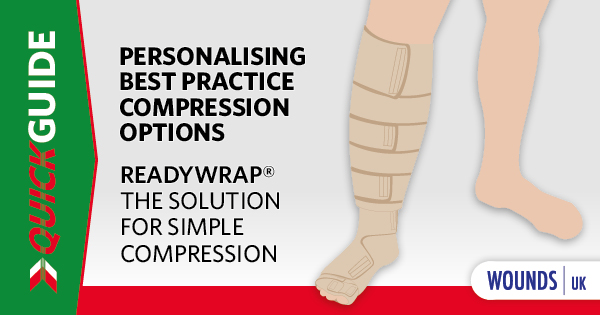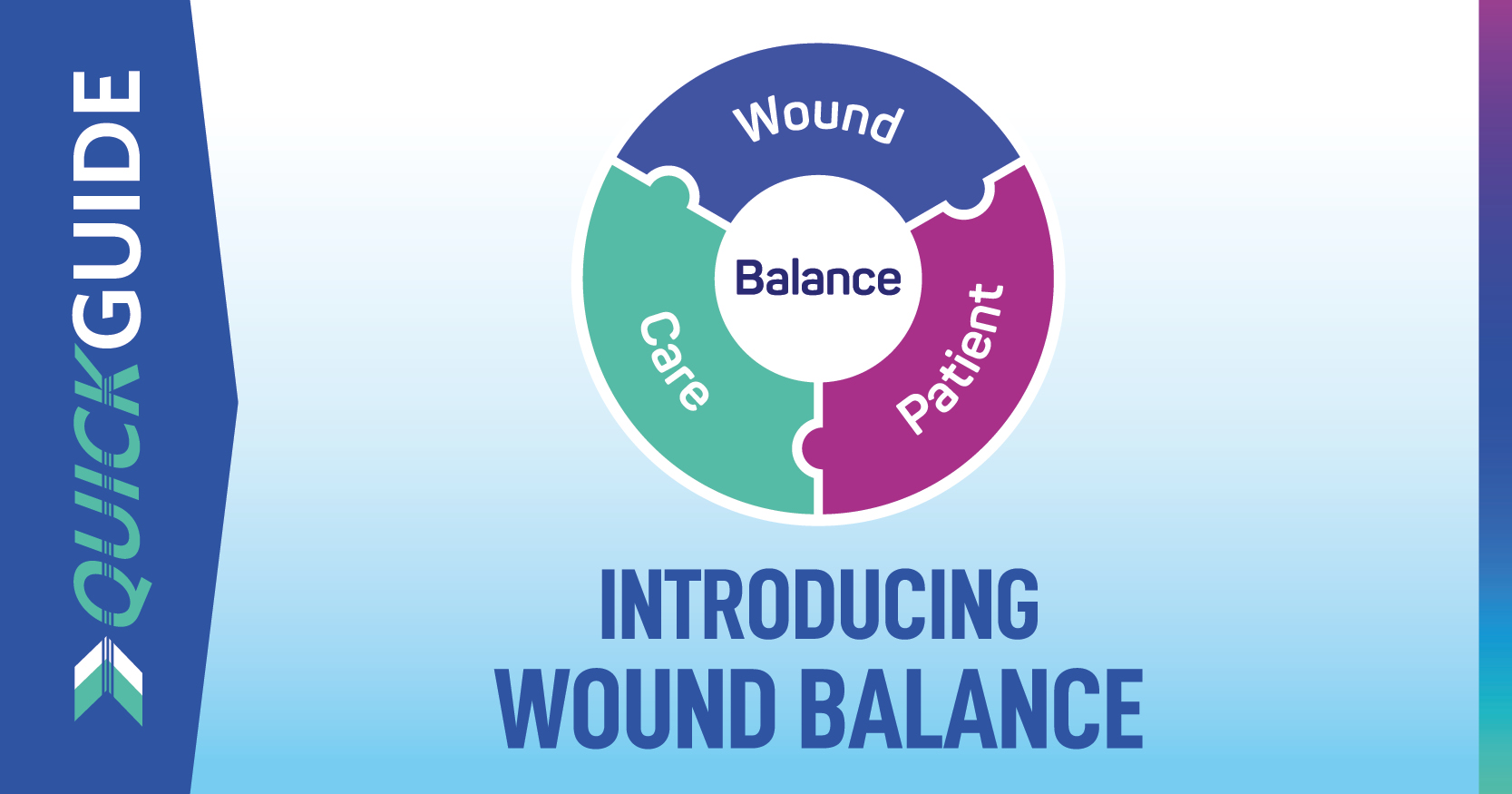Perhaps the biggest challenges facing health and social care leaders arise when they have to lead teams through a change. Change is challenging for very many reasons among which are the multiplicity of ways in which team members view change, the unpredictable nature of when change might need to occur and the very real fact that managers and teams will often need to continue their day-to-day work while simultaneously negotiating change.
Lewin’s model
The Lewin change model is probably the most widely applied change model because of both its simplicity to understand as well as the fact that it provides a ready applicable model for managers to apply (Cummings et al, 2016). Part of the beauty of the model is that because of its conceptual simplicity, it can be used to guide a change which is physical, like changing a clinical process or a procedure, as well as changing something more intangible like a vision or mission statement.
The Lewin model is both easy to understand and follow, primarily because it has only three simple steps. The Lewin model seeks to transform whatever is being changed, rather than tinkering with it, and as such it leaves the manager with a change that is embedded and difficult to go back on without adopting a change process again. One of the dangers of change in any organisation is that when change is incomplete, staff will revert to their old ways of working especially if ongoing efforts to maintain the change are not in place (Ross et al, 2016).
When thinking about the unfreeze-change-refreeze model it is easiest to think about how one might change a cube of ice into a sphere. The hard way would be to take a pickaxe and chip away at it, but that is hard work, time consuming and the end result is neither guaranteed nor necessarily what you set out to do in the first instance. The more sensible technique is to take the cube, defrost it so it becomes water and then pour it into a new spherical mould. This has the advantage of being less work and guaranteeing that the end product is a perfect example of what you set out to achieve in the first place.
However, there is an oversimplification in this model that is obvious to anyone working in health and social care, in that we rarely if ever get to a state where we are frozen into a model of working because we are constantly driven by changes in society, technology and practice theory (Cummings et al, 2016).
Unfreezing
The initial stage of the Lewin model is unfreezing. This is the time at which people in the team need to develop some curiosity as to what is about to happen as well as for the manager to start to set the vision for what the change is all about (Ellis, 2022). It is during this stage that the leader or manager needs to ensure that they communicate with the team to ensure they have “a vision of the future, and how things could be” (NHS Leadership Academy, 2013). Some of the elements of the vision the leader may wish to consider might include why the change is:
- Better for patients – better outcomes
- Better for staff – less effort
- Safer
- Better value for money
- Less time consuming
- Future proofed
- More effective/efficient
If staff can understand the potential impact of a change, they are more likely to engage with it. The same is true for other stakeholders who may be affected by or may be able to exercise some influence over the change (McNett et al, 2022). These stakeholders might conceivably include more senior managers who may have to fund the changes being proposed, so any leader or manager planning a change needs to have a good grip on who their stakeholders are and how they need to be influenced. We will consider stakeholder management in change processes in a later paper in this series.
Any change in process or practice requires, as alluded to above, a change in the mindset of the people implementing and affected by the change. For staff this might mean leaving behind a practice they have engaged with successfully for years, for example a wound management regime, and adopting something which is new and uncomfortable. Bridges and Bridges (2017) call the process of change, as it impacts people, transition; things change, people transition.
As with remoulding a block of ice, people going through transition need to unfreeze, that is they need to leave behind old ways of working, thinking, behaving and communicating. Bridges and Bridges (2017), in their justly famous models of change identify that while the first task of change management for the manager is to know what the destination is and what they want to achieve. The second is persuading people to leave home, their comfort zone and what they have always known; to unfreeze.
Assuming the manager knows that a change has to occur and what that means for practice, there are a number of strategies they may want to use to help staff in unfreezing so they can transition through the change with them. Primarily managing change means being aware of the need for staff to transition through change. Some people manage change better than others while everyone manages some forms of change and transition better than other changes. This in part relates to what the change is about, how big a difference it will make to peoples’ lives and how the whole process is handled.
Communicating about change requires the application of some emotionally intelligent communication from the manager. Emotionally intelligent managers are aware of the impact that emotions have on how people feel about change and communicate with their team using language which acknowledges and addresses these emotions (Goleman, 2020). Persuading people to leave home is about making them feel safe to do so. This is about acknowledging the change is scary but that the team members are not taking the journey alone.
Some simple strategies may also help the manager to unfreeze the team, these include:
- Having team meetings to identify what they see as the positives and negatives of how things are currently done
- Working with the team to identify what the ideal working situation would be
- Identifying roles for people in change that help them to take ownership of what is happening and to guide the process
- Identifying the leaders in the team and getting them onside, perhaps by giving them roles in the project team
- Getting all the team involved in making the choice, for example. if the manager is seeking to change a particular wound dressing, get a team member to scope the options and the whole team to choose what they will try and why.
Managers who are infrequently seen, or who only appear when there are problems, will struggle to encourage their team in unfreezing. So being visible is key and taking ownership of decisions, sharing praise and being willing as the manager to take the responsibility when the change is not progressing is also important otherwise unfreezing may never happen (Ellis, 2022).
Conclusion
Change is perhaps the one constant in health and social care. In order to successfully negotiate change, managers need to understand some theoretical perspectives about change management or they are likely to be unsuccessful. Lewin’s (1951) unfreeze-change-refreeze model is one of the simplest models of change management, it enables the manager who follows the simple steps it contains to successfully negotiate change in their team.
We have seen that some effort needs to be put into getting people prepared to leave behind old ways of working in preparation for change and that in the Lewin model this is called unfreezing. In the next paper in this mini-series about change, we will discuss the process of change as described in the Lewin model.







